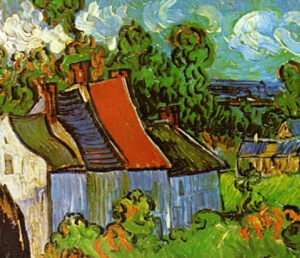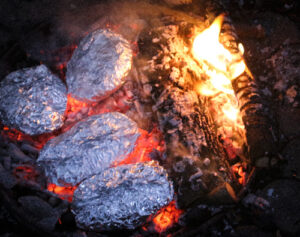Composting Carbon Credits

Mr. Tyler Storey
Carbon credits seem to have been all the rage for some years now, but despite the passage of time, they remain a fairly confusing concept, especially when we read stuff like this:
“An individual allowance, such as a Kyoto Assigned Amount Unit (AAU) or its near-equivalent European Union Allowance (EUA), may have a different market value to an offset such as a CER. This is due to the lack of a developed secondary market for CERs, a lack of homogeneity between projects which causes difficulty in pricing, as well as questions due to the principle of supplementarity and its lifetime.”
Nope, not a clue.
So, in the interest of clearing things up, here follows a brief primer on how to use and profit from carbon credits in the home garden.
Your first step is to gather together your available credits.
I gathered up a whole pile of carbon credits in the yard here this morning. Raking them up, I recognized that many of the credits blew into the yard from the various Norway maple and horse chestnut trees in the park across the street, any number of them are from the hawthorne in the front yard, and there’s a whole range of more substantial credits that have dropped out of the walnut and birch trees. It was breezy as I gathered them, and one sizeable credit nearly whacked me on the head while I was out there.
Autumn and winter are prime seasons for gathering carbon credits in your yard and garden; here’s a partial list of carbon credits that are generally available this time of year:
- fallen leaves
- twigs of all sorts
- dead grass
- woody prunings from shrubs and trees
- summer vegetable plants that finally died in the frost
- hay and straw
- cornstalks
- pine needles (including your late, great Christmas tree)
- random bits of cardboard
- useless pieces of paper
Depending on where you live, the specifics of your available carbon credits will vary.
Once you’ve collected all your carbon credits (and neighbors will generally just give you theirs if you ask nicely), break, chop, or chip the larger bits into pieces no larger than an inch or two (chopping up or shredding your credits actually increases their value), and sequester them in your compost bin, along with about an equal amount of nitrogen-bearing material, such as coffee grounds, vegetable trimmings, green grass clippings, etc.
Be certain to keep your sequestered carbon credits about as damp as a wrung-out sponge, and turn them regularly, keeping them well-mixed with the nitrogen bits. The more frequently you turn your credits, the sooner you can withdraw them and trade them for fresh vegetables and flowers from your very own garden.
And that’s really all there is to it.
I didn’t count the carbon credits in my pile this morning, but there must have been at least a million; it’s humbling to be so rich.



















